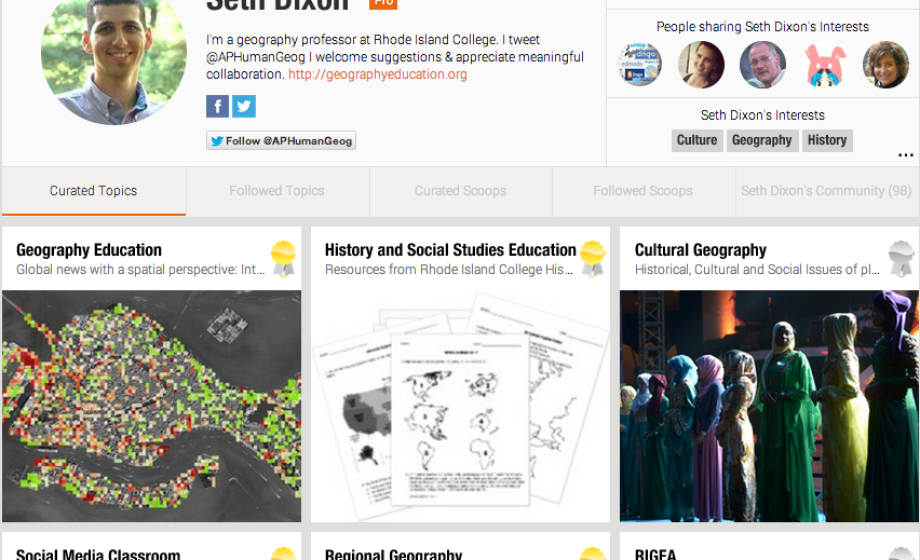
Scoop.it has been quite busy since it raised a round of funding ($2.6M) earlier this year and subsequently moved most of the non-technical team to the Silicon Valley. With other curation players like Pulse (acquired by LinkedIn), Flipboard, Paper.li & the fleet of curating RSS readers out there, Scoop.it needed to quickly differentiate itself if it hoped to get above the noise. This content curation startup seems to know a bit about rising above the noise (See: Interview with Marc Rougier: Curation, Creation | Enemies or Friends?), and has been quite busy reiterating and building in order to stay one step ahead.
For users, Scoop.it is a way to curate content into topics that you are passionate about – similar to Paper.li – however, its paid service, which allows companies to convert their blog into a customizable Scoop.it, has taken off quite nicely, providing analytics & reach to similar audience members. With the launch of their iPad app earlier this year, Scoop.it proved it wasn’t just a tool for curators but could also be a discovery tool for consumers.
Now, this week, Scoop.it simultaneously cleaned up its design & launched “Interest Channels”, essentially categorizing its 50 Million indexed content into categories that users follow and receive content suggestions from. No longer simply relient on social discovery, Interest Channels enables Scoop.it power users (Scoop.it CEO Marc Rougier says there are over 600 power users) to follow content channels and associate their Scoop.it pages with channels that potential followers are interested in; in addition, they create dedicated pages on topics that can serve as recommendation opportunities for consumers.
Scoop.it has quickly found itself in a balancing act, delivering features for its users that will enable them to more easily curate content, and at the same time building a great consumer-side experience in which content discovery, consumption, and sharing is easier and easier for consumers who want relevant content coming directly to them.

